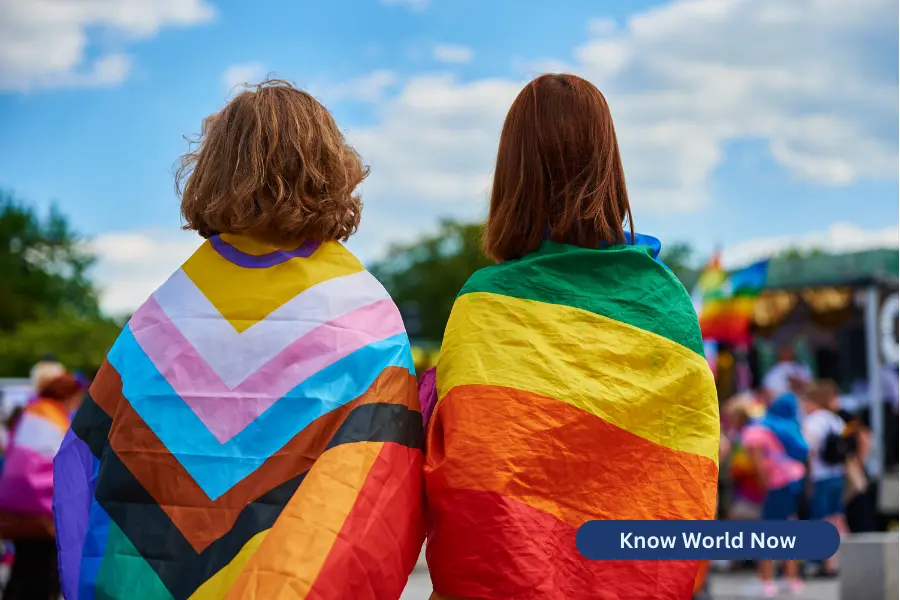There are many mental health issues faced by the LGBTQ+ community, which makes it incredibly important that they can access personalized mental health services. Read on for some ways you can improve the level of care offered to the LGBTQ+ community.
Ensure correct pronouns are used
When entering therapy, it’s incredibly important for everyone to feel seen, heard, and understood. For this reason, it is incredibly important to use the correct pronouns, (he/him/his, she/her/hers, they/them/theirs) and ensure any forms include an area for people to make their pronouns and preferred name known straight away.
You can also help your client to feel more comfortable by making your own pronouns known during introductions. For example, Hello, I’m Vikki, I use she/her/hers. If you’re unsure, or someone has not made their pronouns known to you, you should ensure that you don’t use gendering language such as Mr. or Miss. People may not feel comfortable sharing right away, so in this instance, it’s important to keep your language neutral.
Stay educated and never stop learning
Try to stay up to date on the current news, affairs, and issues affecting the LGBTQ+ community. Cultural awareness will help you have a deeper connection and understanding of any issues they may be facing. Another way you can educate yourself is by gaining an LGBT certificate.
This is a specific certificate offered online by the California School of Professional Psychology. It’s a certificate designed to meet the growing need for behavioral health professionals to develop competencies in working with lesbian, gay male, bisexual, and transgender individuals, couples, and families.
Create a safe space
When offering in-person counseling or therapy, you can make small adjustments to ensure it feels like a safe space for the LGBTQ+ community. Consider small visual cues that can let your clients know that they’re in a safe space, such as safe space stickers or pride flags.
However, when adding these decorative touches, you must ensure they’re not performative and that they signal this area is a safe space where hate and discrimination will not be tolerated.
Be open to learning, and not afraid to ask questions
While it’s not up to a client to educate you on all things relating to the LGBTQ+ community, it’s important not to assume or make judgments based on preconceived notions. Everyone’s case is entirely different, and everyone has unique experiences and opinions.
So, it’s important to ask open-ended questions that will help you to understand someone’s specific experiences. It’s also okay to ask about anything you are unsure of or don’t understand if it will hinder your session. For example, if a word or phrase has been used that you don’t understand, you can ask about itor make a note of it so that you can research itlater on.
The LGBTQ+ community can often face discrimination, trauma, dysphoria, anxiety, and depression as well as inadequate social support. It’s therefore incredibly important that therapists are well equipped and ready to give people the treatment, care, and respect they deserve.



![10 Best Bags for Nurses | Personal Recommendation [2023] 4 Best Bags For Nurses Reviews in 2021](https://knowworldnow.com/wp-content/uploads/2022/12/Best-Bags-For-Nurses-Reviews-in-2021.webp)



![F95Zone Games - The Ultimate Guide for 2021 [F95Z Guide] 8 F95Zone Games](https://knowworldnow.com/wp-content/uploads/2021/07/ArTtW5LrK3b-z-0-y-637f48d86203817a9042a857.webp)